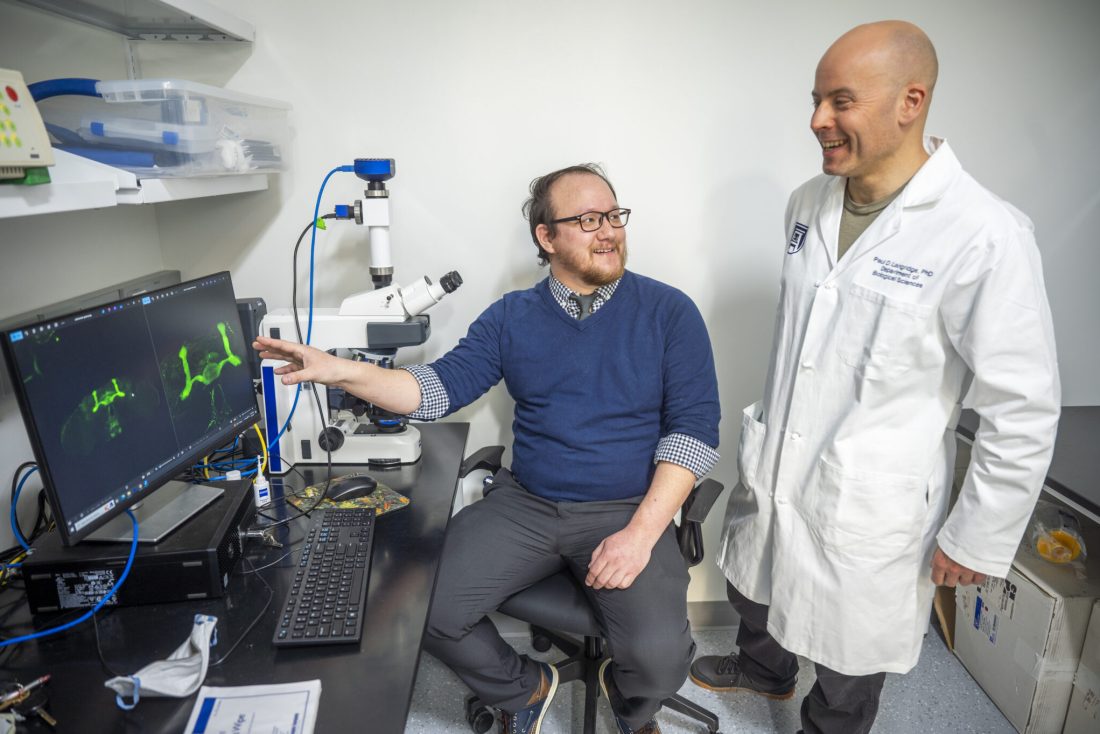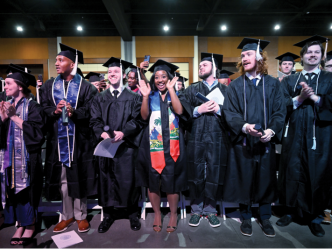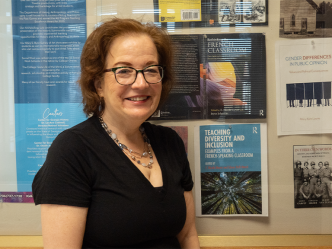Researchers from Augusta University’s College of Science and Mathematics have broken new ground in cell signaling.
Paul Langridge, PhD, an assistant professor in the Department of Biological Sciences, published a paper on mechanosensitive proteins in drosophila, more commonly known as fruit flies, in Science Signaling, a peer-reviewed public access journal with a 7.3 impact factor accessible around the world. The paper also has contributions from students in the Langridge Lab, including four master’s students and two undergraduates.
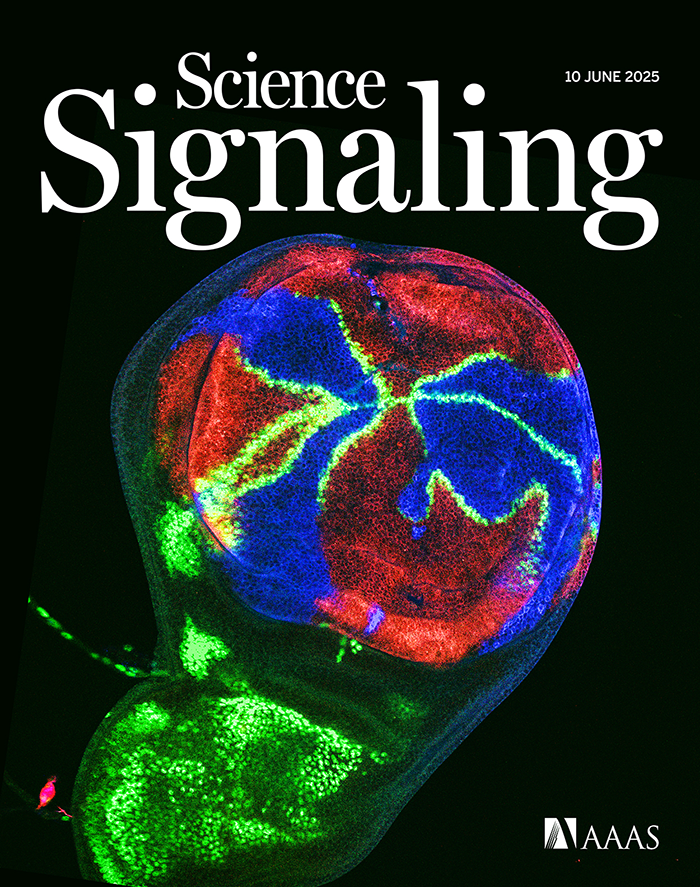
Langridge’s research focuses on how cells communicate with each other. Much of his work involves the Notch receptor, a protein found on the surface of every animal cell that connects to nearby cells to make sure they divide correctly. When the Notch receptor binds to a cell, it pulls at it to send a signal.
“It doesn’t just require touching. There’s a physical force,” Langridge said. “It’s like one of those aggressive handshakes.”
In his lab’s most recent publication, the goal was to see if other cell-signaling pathways besides Notch use this kind of mechanical stimulus to communicate.
“We found some evidence that other signaling pathways may also involve this force,” Langridge said.
The research involved custom receptors that were added to affect the wings of developing fruit flies, according to Frederick Baker, PhD, a postdoctoral researcher in the Langridge Lab. If these custom receptors did not activate, the wings would develop normally. If the receptor activates, the wing shape changes.
“If we had a really active receptor, the wings come out crumpled with a lot of new edges to it,” Baker said. “We can use techniques like immunofluorescence to identify which cells in the wings get activated.”
The findings have implications for a range of different research. In the case of the Notch receptor, one of its functions determines when cells divide. If that signal goes awry, a cell divides when it should not, leading to cancerous cells. Cancer research is just one way to look at the research, however.
“We can build our own receptors that function like the Notch receptor but customize what it does,” Langridge said. “Instead of controlling normal processes, they can do something beneficial by triggering an immune response or maybe taking away a growing tumor.”
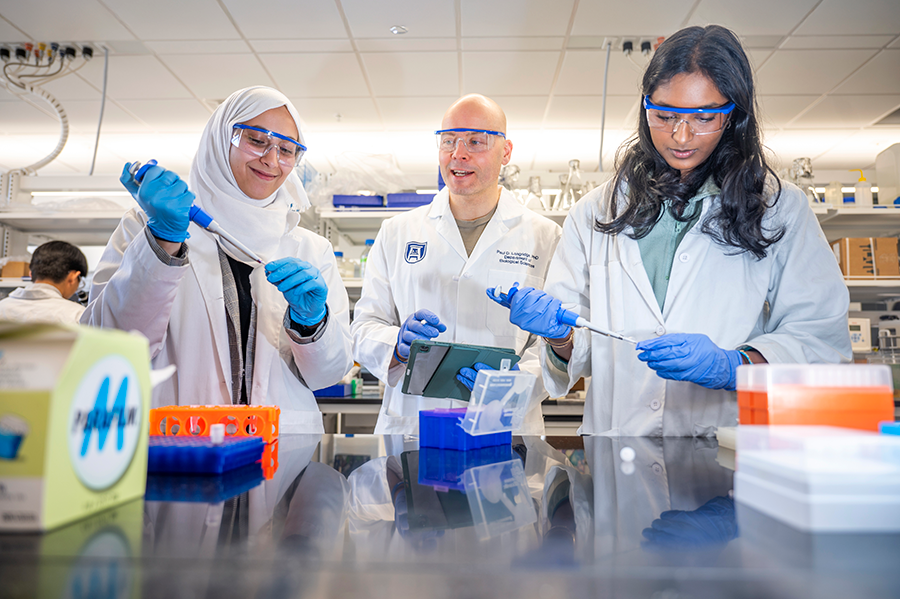
There are already companies that are looking into medical applications of cell signaling. Langridge and Baker are working on research that studies these signals in neurons. The versatility of this research in the Langridge Lab’s drosophila model is that they can study the effects of the signals in an entire organism, with useful data for other organisms.
“The Notch receptor in a fruit fly acts exactly the same as it does in a human,” Baker said.
Drosophila models for signaling research also allow Langridge’s students to conduct lots of research quickly, due to how fast the flies can be raised. Simran Bhikot, a fourth-year biology undergraduate student who contributed to the lab’s recent publication, credits the fast generation time as a key factor in getting results back from experiments.
“Fruit flies are relatively easy to work with, so I was able to conduct experiments independently and generate my own results,” Bhikot said. “It gave me real confidence as a researcher.”
The pulling mechanism that Langridge describes is also a valuable angle to approach the field of cell-signaling, since it is a novel concept for pathways aside from the Notch receptor.
“That’s not something that’s widely regarded or known,” Langridge said. “It might be that having force between cells is actually a really important way in which they communicate. There are lots of labs throughout the world that work on how cells communicate, so this is something for them to consider.”
Discoveries at Augusta University are changing and improving the lives of people in Georgia and beyond. Your partnership and support are invaluable as we work to expand our impact.
 Augusta University
Augusta University
